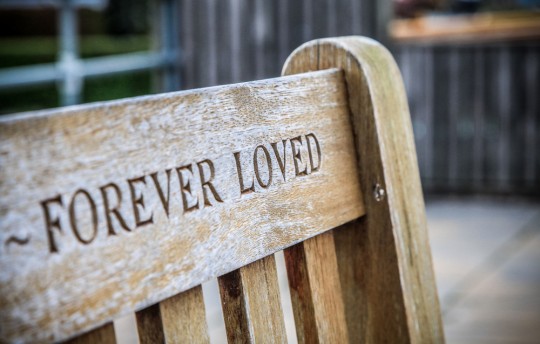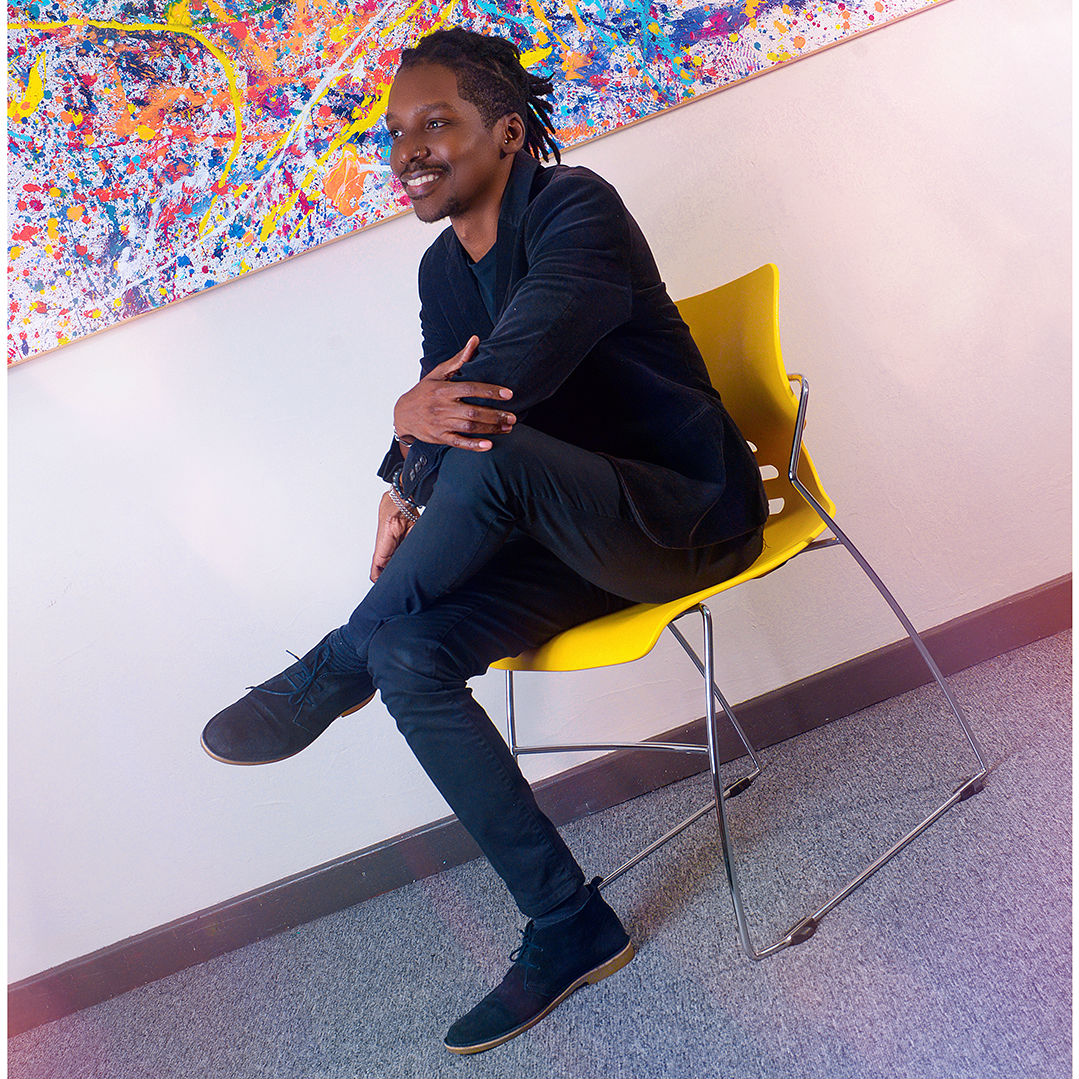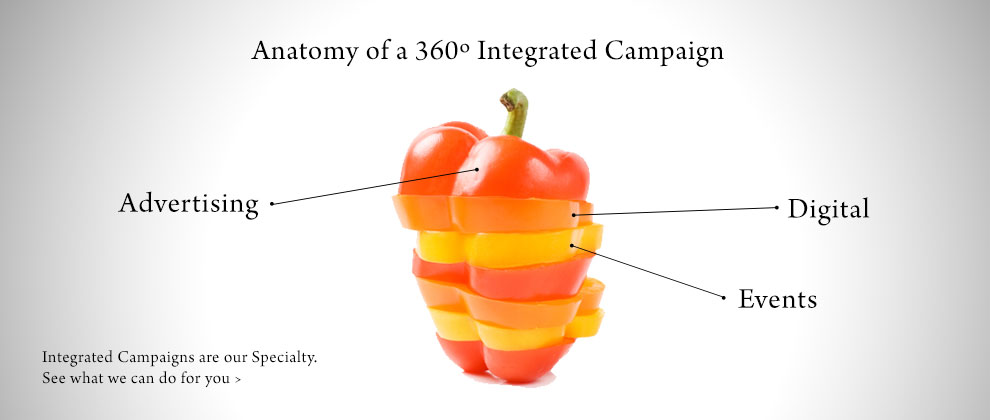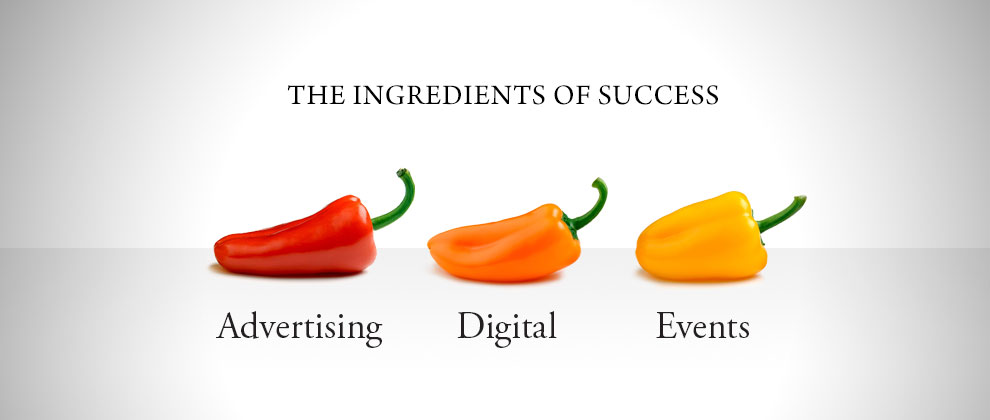Early Sunday morning, a car accident killed 3 teenagers in San Fernando.
Later that day, a Facebook page was created in memory of the 18 year old twins who were killed. Created by close relatives, the initial page posts drew raw, stunned reactions from those who knew the twins as well as their friend who also perished. According to published reports, the twins and their friend were bright girls, well-regarded by mates, focused on their future; comments and posts expressed shock and dismay at losing these girls in the prime of their lives.
The memorial page quickly became a mourning ground for friends and strangers alike to share their reactions. As of this writing, the memorial page has grown exponentially, hitting over 140,000 fans and counting.
Facebook measures the local population of users at 480,000 people, 87% of whom are over 18. Even given this subset of users that falls loosely within the twins’ age, this acquisition rate of a local fan page is almost unheard of.
What accounts for such unprecedented growth rate?
Call them Millennials, digital natives, or the Facebook generation. This subset views social networks as an extension of their identity, and reflexively go there for self-expression, and in this case, emotional support.
Beyond that, Facebook has digitised the mourning process. We bury our dead, and we turn to Facebook to gather and remember them. Where once we gathered for wakes to celebrate the memory of those we lost, we turn now to social networks to express our sorrow, trade stories, comfort each other. Facebook has even begun to aid in this new grieving ritual, offering an option to memorialise pages, where certain features of the profile are made inactive, but left online for people to access.
The ability to return to our loved one’s profiles, to visit and remember them in happier moments has become a new and powerful way to cope with that loss. And as we have seen, the twins’ memorial page has attracted many people for that reason. It is clear they were well-known, well-loved, and part of a large, popular peer group who are now left deeply impacted.
By comparison, a Facebook memorial page sprang up a couple weeks ago after the fatal stabbing of a 13 year old boy involved in a soured love triangle. The circumstances surrounding his death flooded Facebook newsfeeds, as users shared articles, posted status updates and commented on the unfortunate turn of events. 7,600 users gathered to mourn the loss of the young man.
What else accounts for the explosive growth rate of the twins’ page?
Messages and condolences have been left on the page by fans as far flung as Ireland, Belgium, even West Africa. We don’t have the Page Insights but it’s a fair inference that a big chunk of the fan numbers come from abroad. What compels these strangers? Are they simply macos, as we say in Trinidad? Is it the eerie coincidence of twins lost together in a tragic car accident? Basic schadenfreude?
Whatever our speculations on the page’s growth, the main issue must be refocused: Young lives were needlessly cut off in road fatalities that have become regrettably commonplace in Trinidad. The growing trend of teen deaths is alarming. It is our hope that in time this memorial page is able to use its influence to inspire drastic change in our cultural attitudes toward reckless driving.














